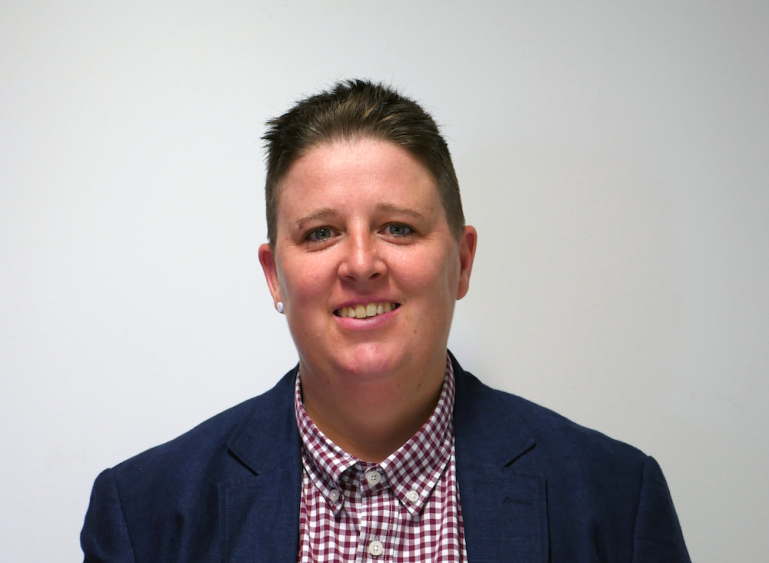Holly Brimble.
Screen Producers Australia today canvassed the pluses and minuses of two of the models set out out in the Screen Australia/ACMA options paper.
While the “significant change” option 3 was deemed to have more positives than “minimal change” option 2, SPA executives stressed that neither the Federal Government nor screen industry stakeholders is looking at choosing just one model.
In a web session SPA CEO Matt Deaner and director of policy Holly Brimble discounted options 1 and 4 – no change and complete deregulation – as unwanted and non-viable.
Deaner criticised the options paper for failing to address the optimal size of the screen sector, levels of employment, volume of output, the number and geographic location of screen businesses and the imbalance in terms of trade between producers and broadcasters.
Among the advantages of option 2 Brimble listed retaining the current requirement of the number of hours of Australian content broadcast by the commercial networks; preventing broadcasters from using New Zealand programming to meet local content quotas; doubling the Producer Offset for TV drama and children’s programming to 40 per cent; and extending the eligibility of the 40 per cent Producer Offset for features screened on streaming platforms.
She cited the drawbacks as the voluntary local content investment undertakings for SVOD services, which could defer for years the regulation that the screen industry has long advocated; failing to address adequate funding for the public broadcasters; and scrapping the rule requiring the Seven, Nine and 10 Networks to screen pre-school (P) programming.
Also she asked about the potential impact of allowing pay TV channels to acquit their local spending obligation across various genres.
Option 3 would require all commercial content service providers including subscription services to invest a percentage of revenue into new Australian content.
Brimble questioned what moving from an hours-based funding model to one based on revenue would mean in practice, particularly given the slide in the FTA networks’ revenues and what may happen with streaming platforms’ revenues when the SVOD market reaches saturation.
Both welcomed the proposed increase in funding for children’s programming for the ABC and SBS to offset the likely reduction in kids’ content on commercial networks.
However Deaner expressed bemusement over why Seven, Nine and 10 have been lobbying furiously to scrap the children’s quotas given they spent just $10 million on kids’ drama and about $13 million on other kids programming last year.
Brimble suggested their motive was that they could screen far more profitable programming in those time slots.
While harmonising the Producer, Location and PDV Offsets at a single rate across all platforms was commended, Deaner worries that raising the TV Offset may encourage more in-house production at the networks at the expense of indie producers.
And he said producers would face increased borrowing costs to cash flow the Offset at a higher level.
SPA plans to hold a number of consulting sessions with its members via Zoom as it formulates its response to the options paper.


